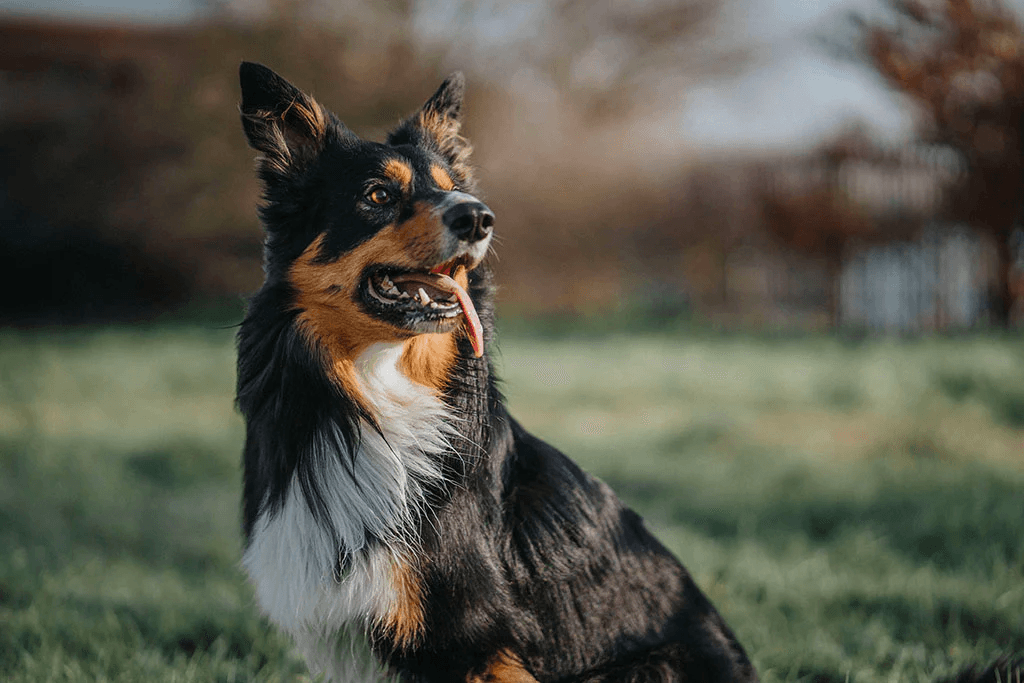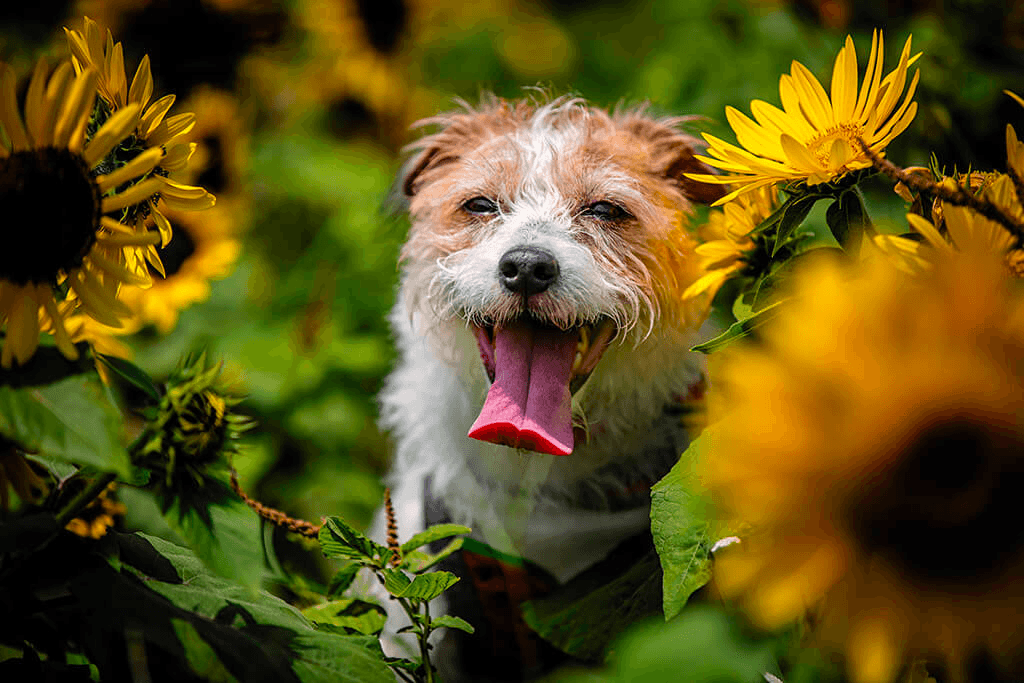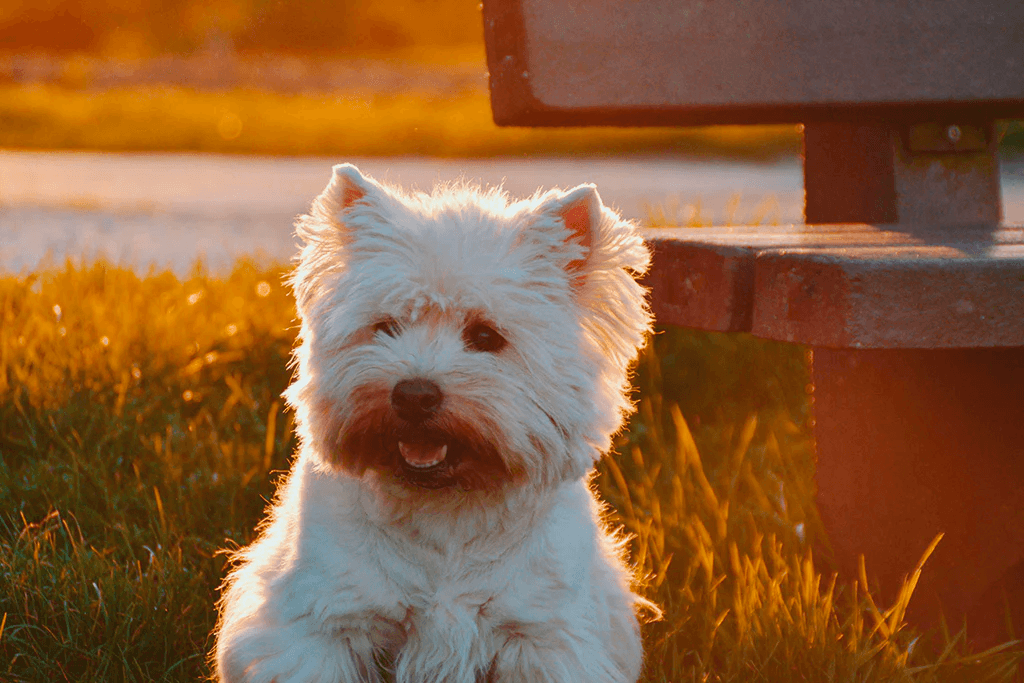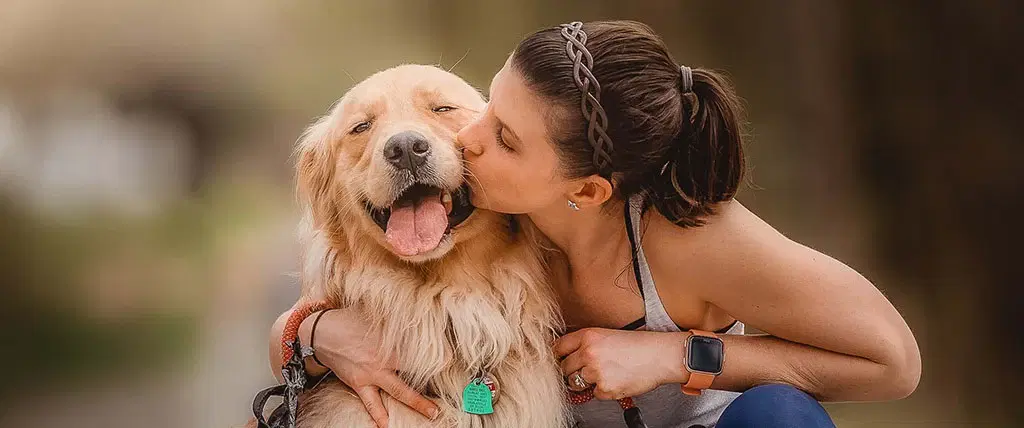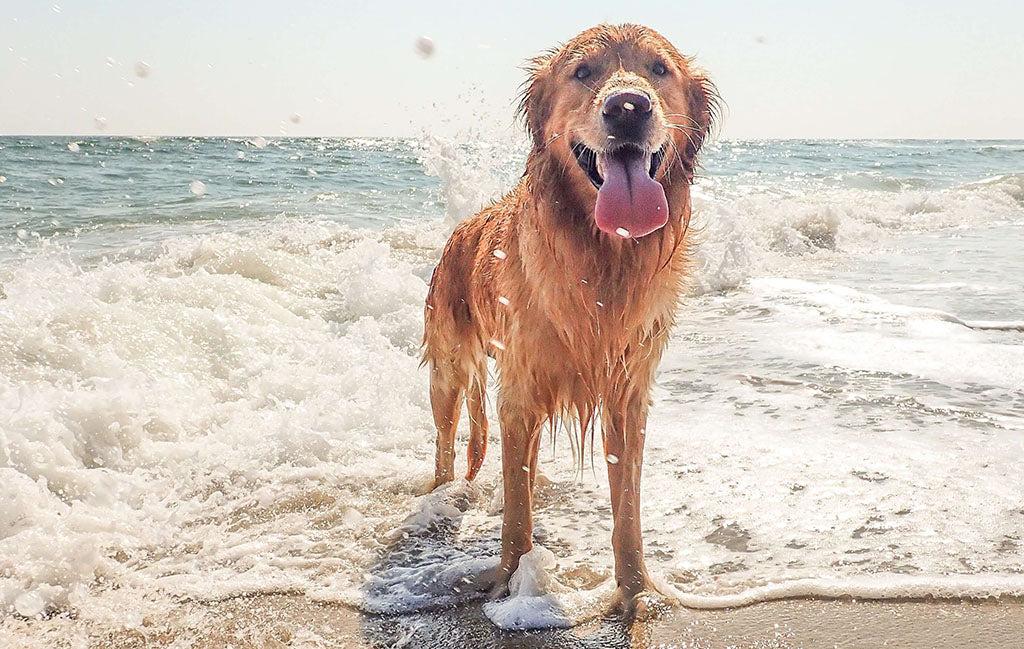Whether you’re trying to overcome a particular behavioral problem or help them become more comfortable when socializing and interacting with other dogs and/or people, it’s always best to train your pup young, but there’s never a bad time to start!
Training Your Dog: Essential Beginner’s Tips

So, what’s the best way to train a dog and what should you do when you’re a beginner?
Dog Training For Beginners

Dog training classes
When it comes to obedience, if you’re able, a professional dog training class can be fantastic, particularly if you’re a brand-new pet owner!
When choosing a class, make sure that the trainer’s methods are kind, positive, and reward-based. If a class or trainer suggests punishment or utilizing equipment like choke/electric collars, avoid it at all costs!
These classes are cruel and stressful and ultimately an ineffective way of training your dog. These methods just ensure that your dog will become fearful of humans and you. The focus in dog training should be on using praise, food, and play for doing well, not scolding or physical pain.
Unfortunately, there’s not a lot of regulation around dog training centers or trainers, so make sure the trainer is friendly, experienced, qualified, kind, and seems able to handle the number of dogs taking the class at one time.
As an alternative, there are lots of dog charities that offer free training videos online!
Remember that patience is a virtue, and your dog is new to this, just like you! They won’t be intending to misbehave, and the more settled your dog becomes, the better they’ll get at understanding you and exhibiting better behavior.

Stock up on healthy treats
One of the main things you need when training are treats, so you can provide positive reinforcement when they’re learning new commands and tricks. So, always make sure you have some to hand!
Look for treats that are high in lean protein, meaning they’re lower in fat, and have a minimal amount of ingredients, meaning they shouldn’t contain any hidden nasties either! When training, it’s easy to over treat when rewarding good behavior, so choosing your treats wisely during training (and the rest of their life!) will help keep your pup’s weight and health in check.
PetLab Co. Pro Tip: You could try cooking up small pieces of lean, grilled chicken, pieces of cucumber and segments of apple (minus the pips!) as biscuit alternatives. This will help with their fibre levels too!
What about clicker training?
Clicker training is a type of reward-based training. The clicker device is used to communicate to your dog that they have done the right thing. Clicker training works because your dog learns to associate one thing (the click) with another (usually a treat!). Eventually, the clicker itself should become the reward!
So, a click is always followed by a reward at first to help your dog understand it’s a good thing. Then, over time, you can reduce how often they get a separate reward as the click will become a reward in itself. Another advantage of clicker training is that it can help to avoid obesity, as fewer treats are needed once the clicker starts to be its own reward.
But, a clicker is not necessary while you train your dog, but some pet parents may find them helpful. The idea is that the clicker is associated with receiving a treat.
So, how do you use a clicker?
- Have your healthy, lean treats handy! Press the clicker as soon as they perform the behavior you want them to. Give your dog a treat straight away. Repeat this up to 10-15 minutes only so they don’t get overtired or bored, and only click once for each correct behavior.
- When your dog begins to respond to the clicker, you can move on to simple commands like ‘sit’ and ‘down’. Try not to point the clicker at your dog – keep it by your side or behind your back.
- When your dog responds to the command, press the clicker, and give them praise and a treat!
Moving forward, don’t click to get your dog’s attention, or use the clicker noise for any other purpose than to praise your pet for doing the right thing. If you don’t, they’ll get confused and the clicker will lose its effectiveness.

How to train your dog to sit
- Hold a treat close to your dog’s nose.
- Move your hand up and allow your pup to follow the treat with his head
- This should naturally make your dog sit, and once they do say “sit”, give him a treat and follow with some loving praise. Repeat for up to 10 minutes. Return to it a few hours later to help gently reinforce the new command.
How to train your dog to get down
- Hold a treat in a clenched fist and hold your hand near your pup’s nose
- Move your hand to the floor and slide it across it until they are in a down position
- Once there, say “down” and then reward them with a treat and praise! Repeat for up to 10 minutes. Return to it a few hours later to help gently reinforce the new command.
How to train your dog to stay
Make sure your dog has perfected “sit” before you teach them “stay”.
- Ask your pooch to “sit”
- Say “stay” and open your hand in front of you, palm facing forward to them
- In the same position, walk a few steps back. If your pooch stays, reward them with a treat!
- Repeat and take more steps back each time, and always reward them if they’re good and stay.
Our final thoughts on the best way to train a dog
The two things to always remember while training your pup is to reward them with both treats and affection and repeat until they understand. Never punish your pet for getting it wrong as this will just make them scared of you.
If they are confused or not adopting the new behavior, just go back a step and repeat until they get there in short sessions (10-minute bursts). Stay patient, stay calm, and don’t rush.
Now, why not read our blog on how to potty train your new puppy?
 S
S